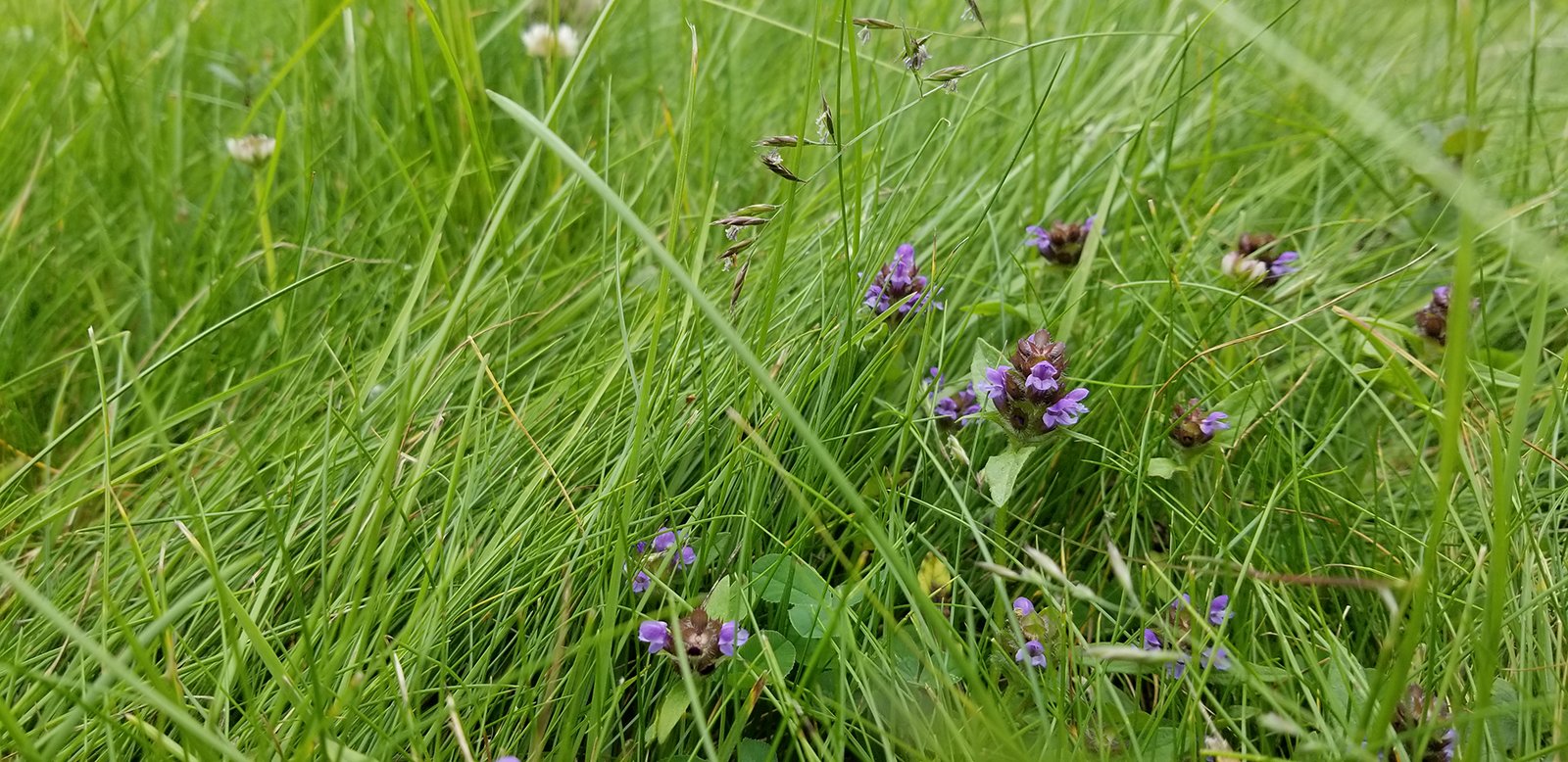bee lawns
There are better ways to spend your spring and summer than mowing the lawn. The noise, smell of exhaust fumes, heat, and humidity add up to a less than pleasant chore. How many perfect Saturday afternoons have we sacrificed to appease the fickle gods of sod? Time-wasting may not be the only concern when it comes to lawn maintenance. We also need to ask ourselves if we’re doing right by the environment in the little patch of Earth, we call our lawn. Many Minneapolis homeowners are choosing to reclaim their weekends and support wildlife through a transition to no-mow-bee-lawns.
We need bees. 75% of the world’s plants, and 30% of human food crops depend on bees and other pollinators to reproduce. The way we manage lawns and landscapes can have a profound impact on bee health. Common landscaping practices such as short mowing and pesticide use leave little support for bees in our landscapes. All of our damage to the environment adds up. Many species of bees and other pollinators are facing extinction. Loss of habitat, and pesticides have led to rapidly rising rates of extinction. According to the UN, current species extinction rates are 100 to 1000 times higher than normal due to human activity. The good news is that you can help bees, butterflies, and save your weekends at the same time.
The easiest way to protect pollinators at home is to replace your regular lawn with a bee-lawn. Bee friendly lawns are grown with a mix of blooming ground cover combined with no-mow grasses. Bee lawns are visually appealing with blossoms throughout the season, while also providing food for bees and other pollinators.
Some local landscaping companies have already started offering bee lawns. If you’re a do-it-yourselfer, here’s how to grow your own bee lawn at home.
Transitioning to a bee lawn
There are two basic methods that we’ve used for transitioning regular grass lawns to bee lawns. Both methods utilize the same seed mix. To ensure quality, you’ll want to purchase bee lawn mix from a Twin Cities based seed vendor. Make sure the mix you purchase includes Dutch White Clover, Self-Heal, Creeping Thyme, and at least four types of no-mow fescue grass.
The “rapid transition” method for installing a bee lawn, can happen over the course of a few weeks.
Rapid Bee Lawn Transition:
Remove existing lawn with sod cutter, and aerate bare ground with a core aerator, both available for rent locally.
Spread compost up to 1” thick over lawn area.
Spread seed according to instructions on the bag, usually about 4 lb/1000 sq ft
Cover with biodegradable, wood fiber based “net-less”, roll out seed mats, available at Twin Cities seed vendors.
Water 2-3 times per day until seed is evenly sprouted. Sunny areas tend to dry out quickly and may need more watering. Your goal is to keep the ground damp at all times during seed sprouting.
Re-seed and continue to water any areas that don’t sprout with the rest of the lawn.
Moderate Bee Lawn Transition:
If you are patient and you’d rather avoid up-front cost, you may decide to perform a “moderate transition” which may require a couple growing seasons to complete.
Three times per season (early spring, late summer, early fall) aerate and over-seed your existing lawn using a core aerator.
Run aerator 2-3 times over all parts of the lawn. Seed according to instructions on the bag, usually about 4 lb/1000 sq ft
Watering is optional for the moderate transition method because seed sprouts in holes left by the aerator.
Repeat seasonally until clover, self-heal, and thyme are well established.
Moderate transitions can be started any time during the spring, summer, or early fall.
Maintaining a bee lawn
Mow less. The best approach for bee lawn maintenance is to mow only one time at the end of the season in late August. This will help control taller weeds. If you feel you need to mow more to keep up with the neighborhood aesthetic, that is also okay for bee lawn plants. They can be mowed weekly if needed.
Eliminate pesticides, fertilizers, and irrigation. Bee lawn plants do better without pampering.
Anytime you mow, keep your mower deck height adjusted as high as it will go and keep your blade sharp. Never mow shorter than 3.5” in a bee lawn.
There has never been a better time to support local pollinators by transitioning to a bee-lawn. Bee lawns are perfect way to enjoy a nature-filled pollinator paradise outside your front door and get your weekends back!



